Ethical Engagement Ring Guide: The 5 Things You Need to Know
Introduction to Ethical Engagement Rings
So you are approaching a new level in your relationship and the exciting conversations about marriage and your future together has been thrown around. One of you has decided you want to pop the question, so now for the fun part: it’s time to start shopping for your engagement ring! But where do you start? Let’s start at the beginning.
The custom of wearing engagement rings has a very interesting history, starting around the time of ancient Rome. The left hand ring finger was chosen because they believed that it had the “vena amoris” vein that led to the heart. In ancient Rome women most often had 2 rings: one made of gold for special occasions and one for casual wear made of iron. The first documented use of a diamond and gold engagement ring was during the renaissance in 1477 from the Archduke Maximillian of Austria to Mary of Burgundy.
In the last decade engagement rings have gone through a few design changes before landing on the classic diamond and gold ring. At the beginning of the 20th century the most popular gemstone for engagement rings were actually sapphires due to the great depression and World War II. Then in the 1940’s De Beers, having access to most of the world’s diamond mines, sought out to repopularize diamonds and appeal to the masses with their wildly successful campaign “a diamond is forever”.
1. Most Engagement Rings are Not Ethically Made and Pollute the Planet.
The present day obsession for a diamond engagement ring has been cemented by pop culture (think Marilyn Monroe & Breakfast at Tiffany's) in addition to big jewelry companies' clever marketing tactics. This overwhelming demand has in turn led to disasterous consequences in the diamond supply chains: slave labor, child labor, and financing of civil wars.
Gold has a very sordid history as well. Besides motivating countless horrible colonial driven enslavement campaigns throughout human history, gold also has a very terrible track record for environmental destruction. Even in recent years child labor, slave labor, drinking water pollution, and deforestation run rampant in the majority of gold’s supply chains.
Ethical & Responsibly Sourced Engagement Rings Are Possible
Given all these current issues it can be very confusing (and stressful) to sort through and shop for a responsibly & ethically sourced engagement ring or wedding band. There is a lot of terminology out there but I’m here to let you know which materials to look for that will actually make a difference in ensuring your forever symbol of love is truly “conflict-free” “ethical” and “eco-friendly”.
Responsible material sourcing starts with the workers involved in the supply chain. Ethical gold and diamonds means that the miners and gem cutters are paid a fair living wage and are engaged in a consensual work exchange that is also safe. Gemstones and gold should also be sourced from conflict-free situations, or rather from regions that aren’t financing civil wars through the sale of precious gemstones or gold. The next level in the supply chain to observe for ethical practices is in the production process. Jewelry that is made in a small artisanal studio is going to ensure workers are paid a living wage over larger overseas factories that marginalize employees.
2. Ethical & Eco-Friendly Metal Choices
Arguably the most ethical and Eco-friendly wedding bands and engagement rings are made using fairmined gold, as it ensures that the gold was never involved in problematic practices and supports restorative projects for both environmental and humanitarian causes.
Fairmined gold is gold that comes from artisanal small-scale mines (ASM). Artisanal mines are very common in the gold mining industry but the safety and treatment of workers and the environment vary greatly within these small mining operations. Artisanal mines often operate in tiny remote villages next to streams that are also the town's main source of drinking water which becomes polluted with mercury. Miners are underpaid for their hard work and are forced to cut corners on safety, often practicing employing their children just to make ends meet.
Fairmined gold certifies that mines and miners meet a range of strict environmental and humanitarian benchmarks. For example fairmined mines must protect drinking water supplies and pay their workers 100% market value (with 30% being the industry standard). Children are not allowed to work in the mines and also women are allowed in the mining workforce. These fairmined standards greatly improve the communities where these mines operate out of.
Because of increased economic health brought in by fairmined gold mining these vulnerable communities can then successfully operate other industries like agriculture and livestock. In one case study 76 miners are able to support a community of 450, bringing sustainable long term economic growth to these regions.
Recycled gold has been a popular option gaining traction in the ethical jewelry world. Most people don’t realize that recycled gold isn't actually helping eradicate the problems in the gold mining industry. Refining gold and repurposing it into another jewelry piece is a very common process and also eliminates any gold and precious metal waste, which yes I agree is a good thing. Because of being easily recyclable, jewelry designers can operate businesses with little to no waste. But recycling gold is not new, jewelers have employed this practice probably since the beginning of time. Because think about it, who would ever throw gold into a landfill?
This recycling loop actually has a neutral impact on the environment and on the global mining working conditions. One thing to consider that most recycled gold currently in circulation was most likely extracted through traditional methods that cause deforestation, pollution, and put people at great risk.
Don’t get me wrong, recycled gold does have an important role in a responsibly sourced jewelry supply chain, it’s just that Fairmined gold needs to be the standard for how gold is originally mined.
Click here to read more about fairmined gold.

3. Ethical & Conflict-Free Diamond Choices
Traditionally diamonds are mined in large mining operations all over the world. Then the diamond rough gets sent to another part of the world to be cut and polished, and then it’s last stop is sent across the world again to be photographed brokered and sold. A typical diamond’s route to market might look something like this: mined in South Africa, cut in Mumbai India, sent to the diamond district of Antwerp Belgium, distributed across the world again to be sold to jewelers and set in jewelry.
A few issues I see with this supply chain is first the carbon emissions from excessive global exchange. Also because there are so many layers and each exchange someone wants a cut, typically those at the beginning of the supply chain are most vulnerable to abuse and slavery situations. I think in order to clean up the gemstone supply chain we must start working with the miners and cutters directly.
There are not a lot of reliable certification options for jewelers to ensure gemstones and diamonds are conflict-free and ethical without actually visiting the mines and working with them directly. The internet has given jewelers access to some miners and gem cutters but still on a whole is not accessible to the miners who are most at risk. It is my hope in time there will be better resources for small remote gemstone mining operations like we have with Fairmined gold. But until then jewelers must be creative, resourceful, and use their best judgement to source precious gemstones.
Traceability with diamonds is difficult because of large established supply chains as mentioned. Meaning the person you buy your stones from will have a hard time telling you where they were mined and who cut them. The Kimberly process has been used for diamonds for some years now to certify diamonds as “conflict-free” and it’s very widely used for most diamond sourcing. But something isn’t adding up because diamonds are still being mined in a terrible way. The Kimberly process has shown itself as unreliable because t's easy for criminals in the supply chain to forge and doctor documents and continue to enslave workers and children.
One thing that I rely on as a jewelry designer is sourcing gemstones that are mined in countries with a good track record for labor and environmental practices. I source my diamonds from Canada, and Australia. These countries are a sure bet that ensures stones weren’t used to finance civil wars and workers were paid a living wage.
Recycled & Vintage Diamonds
Recycled diamonds or Vintage diamonds are a great alternative for an ethical engagement ring. While they don’t totally solve the modern diamond mining crisis they do offer an accessible price point and opportunity to revive salvaged stones. Vintage diamonds can also be a very unique choice for your engagement especially if you're down for a good hunt. We are obsessed with gorgeous antique cuts like old mine and asscher that have a lot of personality.
Rustic Diamonds
Rustic diamonds or salt and pepper diamonds are diamonds cut from stock that have been heavily included with carbon, crystals, needles or clouds can come in unusual off white colors like grey, browns, or champagne. The opposite end of the spectrum of the perfect “4 Cs” diamonds, these raw alternatives are an amazing and totally one-of-a-kind option. Diamonds that were less than perfect we’re usually overlooked and discarded because the current tastes of the time would never accept them as precious or beautiful let alone worthy of an engagement ring. In the past few years rustic diamonds have taken off and have been increasingly popular with people searching for a gemstone that celebrates imperfection and nature’s beauty.
Rustic diamonds also come in amazing creative shapes like hexagon, bullet, kite, and rosecuts opening up a whole world of design options. These playfully cut alternative diamonds are anything but ordinary and will definitely make a show stopping engagement ring!
I’d say that rustic diamonds are helping dilute the perfect diamond demand allowing the industry to be less wasteful and possibly put less pressure on the bottom of the supply chain.
Lab Grown Diamonds
Lab diamonds are diamonds that are grown in a factory using intense heat and pressure. Lab diamonds cannot be distinguished from naturally earth grown diamonds, they have the exact same chemical structure. Lab diamonds are growing In popularity as an ethical and eco-friendly option for engagement rings. I think that they are definitely an ethical option because the labs are typically in countries that protect workers, however they aren’t really an eco-friendly option. It takes massive amounts of power and resources to grow a diamond making their hefty carbon footprint not ideal. If you're going to opt for a lab grown diamond consider adding in an additional carbon offset investment to make it a well rounded responsible choice. Consider these offset programs: Carbon Fund, Terra Pass, or Clear Offset.
4. Ethical & Conflict-Free Diamond Alternatives
The most ethical and conflict-free gemstones available today are going to be sourced directly from artisanal miners and cutters or from conflict-free countries like USA, Canada, & Australia. Sites like etsy and platforms like Instagram have now connected miners and gem cutters with jewelry designers like never before.
Try to stay away from trendy but brittle gemstones like opals and labradorites and stick to hardier stones like garnet, sapphire or rubies. Trust me you’ll thank me later! There is nothing sadder than an engagement ring who needs to go to the repair shop because the stones have shattered.
Sapphires: the best Diamond Alternative
I am always making a case for sapphires. Once the standard at the turn of the century, now sapphires are making a comeback. When you think of a sapphire you probably think of the royal blue hue in famous British royal wedding rings, but Sapphires actually come in every color of the rainbow. Offering durability similar to a diamond, sapphires are a very accessible and beautiful alternative precious gemstone. Sapphires are best known for having amazing vibrant colors but they also have a decent sparkle that will make you swoon. Sapphires can be responsibly sourced easily from many places including (our favorite) Montana, USA, and Australia. For an extra special engagement ring stone we recommend parti or bi-color Sapphires. These terms describe unique color partitions that occur naturally in sapphires that appear as watercolor like splashes of color.
5. Indie Designers are The Most Ethical
Alternative engagement ring designs by indie designers are going to put a lot less stress on people and the planet. Staying away from the big box stores and cookie cutter designs will help the jewelry industry balance out supply chains and in turn the treatment of workers. When supply sharply goes up, let’s say for a perfect diamond ring style that’s when it becomes problematic allowing unethical practices to seep into the processes.
So many designers today are offering bespoke services (like mine) and can help you dream up an ethical engagement ring. My best advice is to source a design that fits realistically within your lifestyle and ignore all conventions. If you're a low key person opt for a tiny minimal band without stones, if you're bold and extravagant then go big with a pear shaped rose cut rustic diamond filled with inclusions that tell the history of the earth. Don’t be afraid to work in your favorite colors too! Teal is an amazing hue for an engagement ring and a totally unexpected color that will be classic for years to come.
Supporting artisanal quality jewelry is a big step towards improving the supply chains and ethics of the jewelry industry. By supporting a small designer not only do you get a more affordable and beautiful ring but you also contribute to the health and prosperity of your local community.
Happy shopping!
If you enjoyed this article leave me a comment or send me an email: help@valleyrosestudio.com I’d love to hear from you.
Explore our Ethical Engagement Ring Collection Here >
6 comments
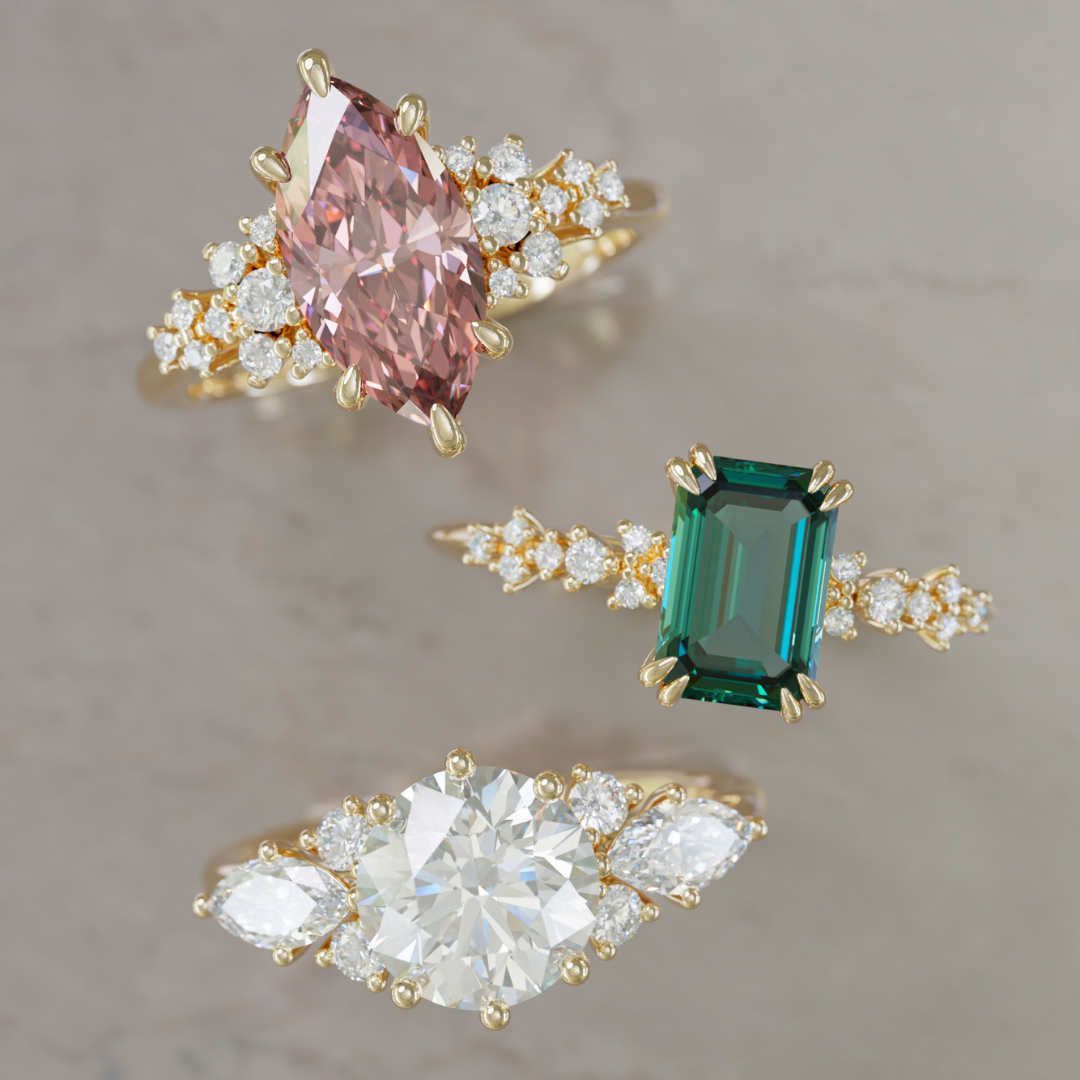



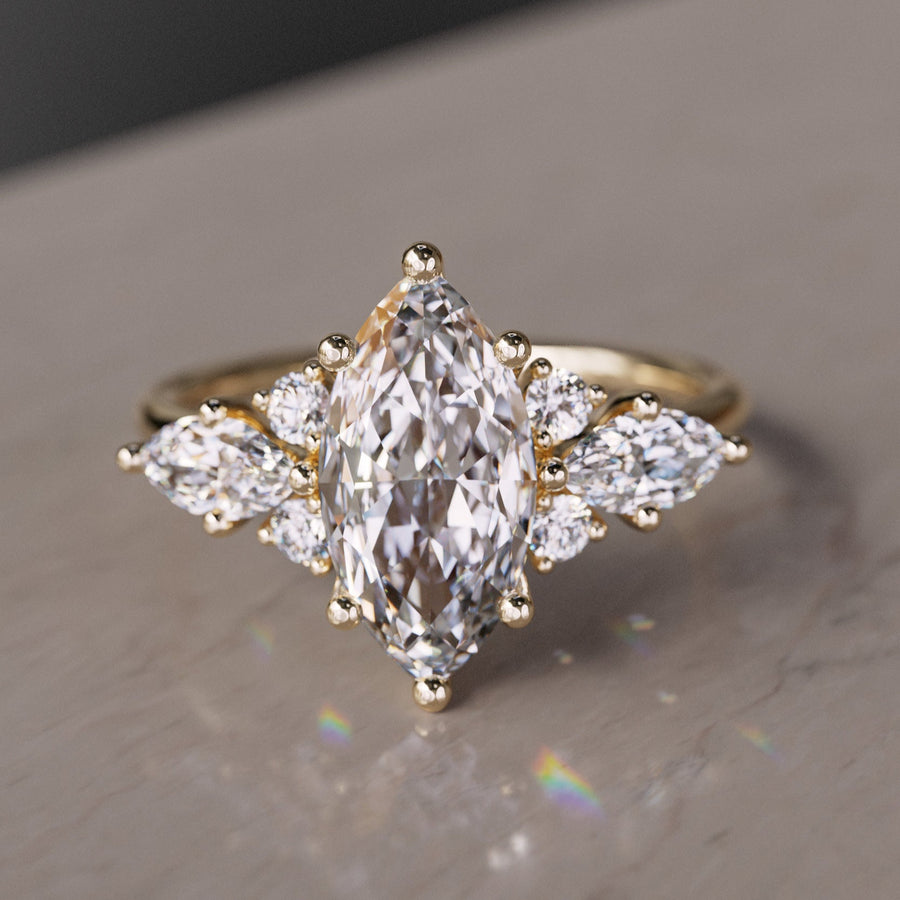
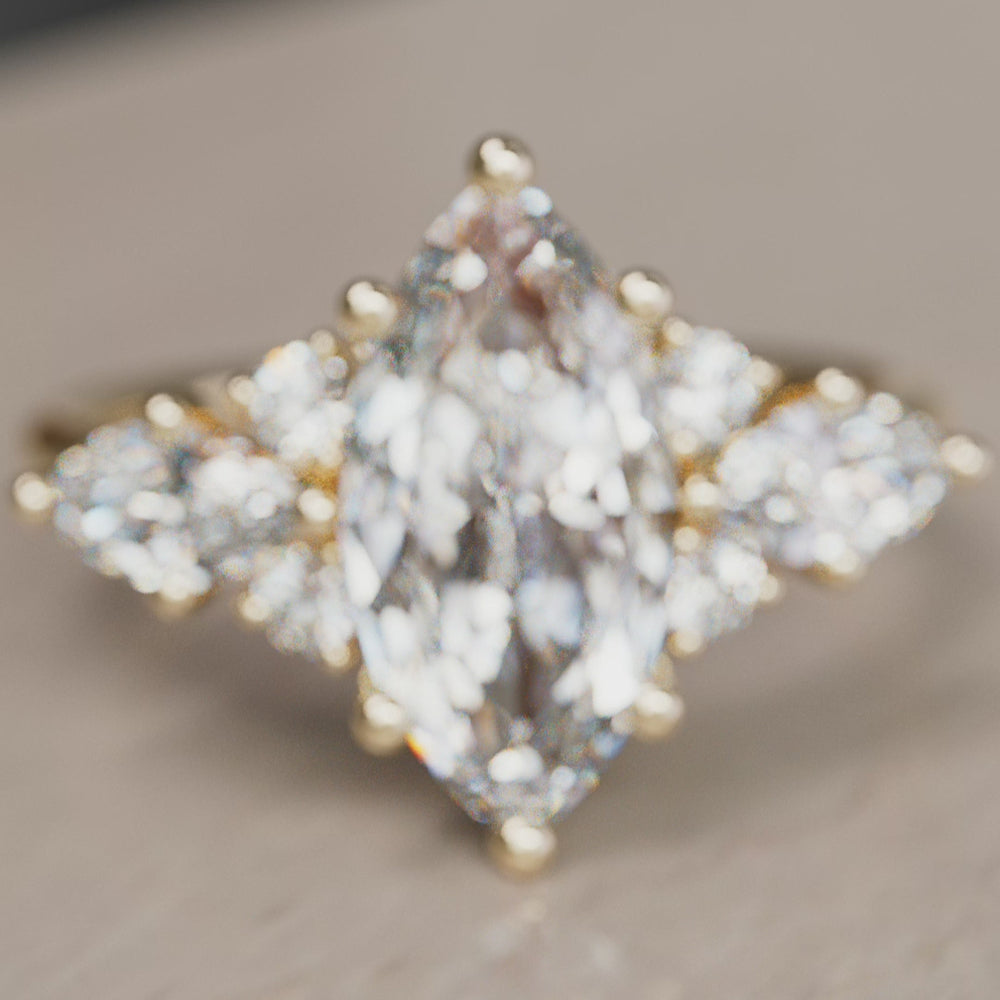
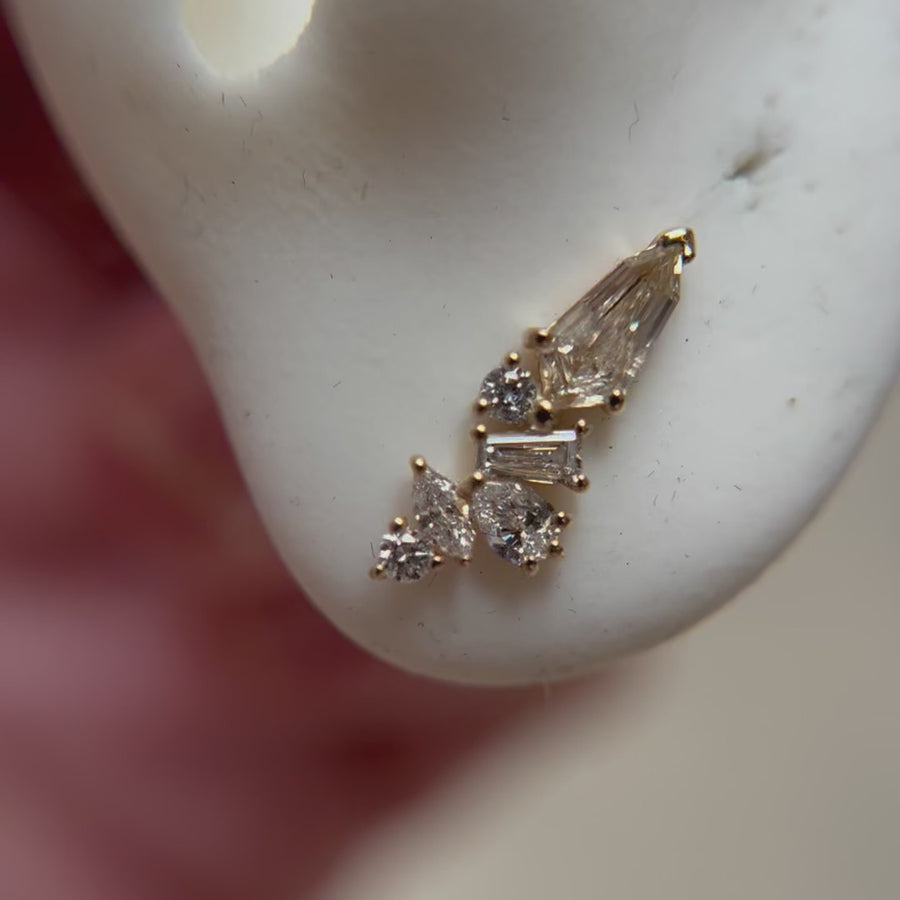
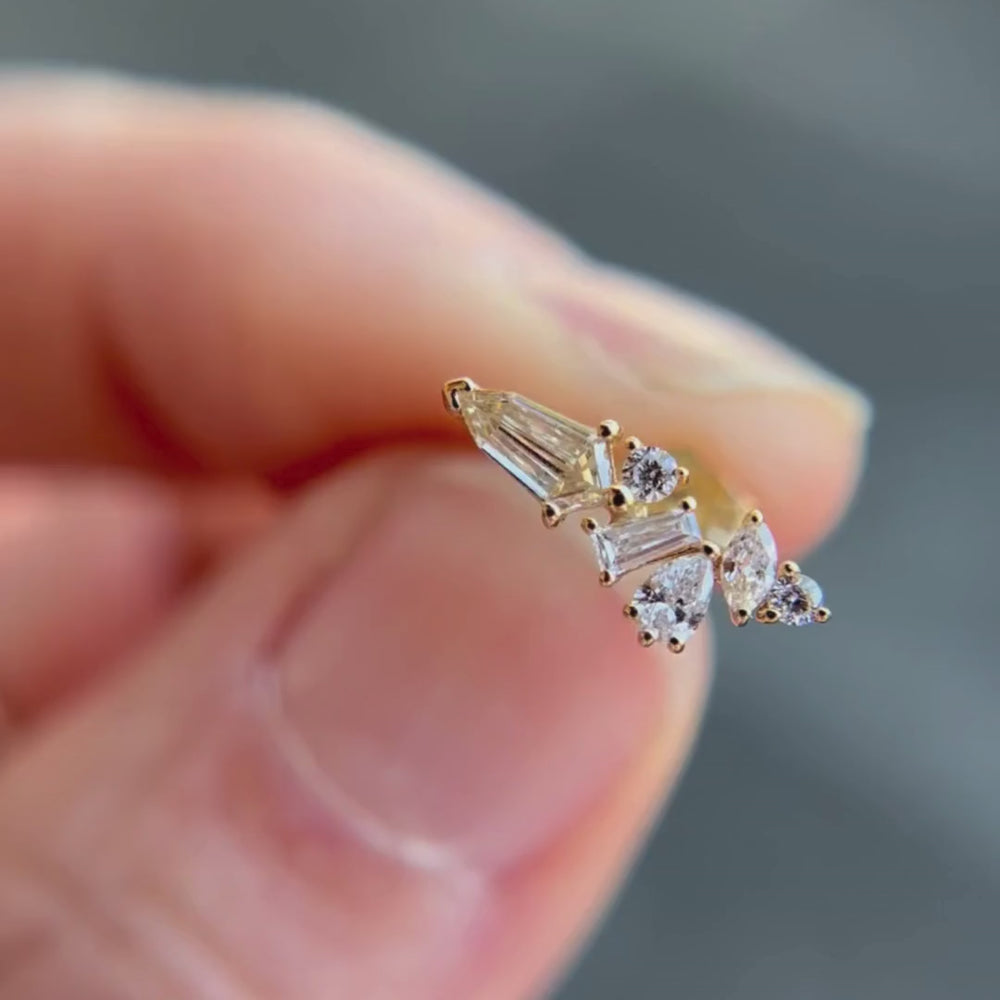
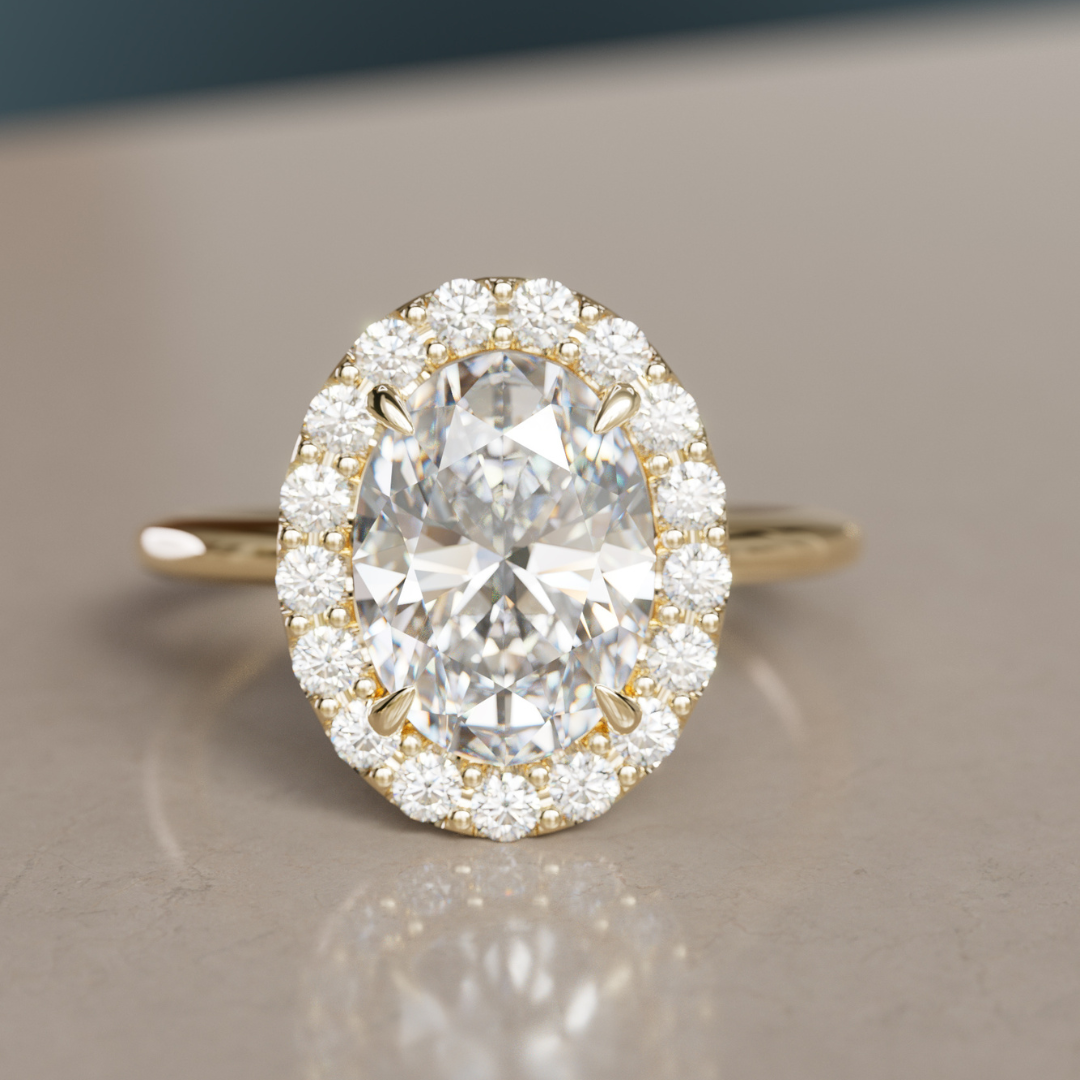
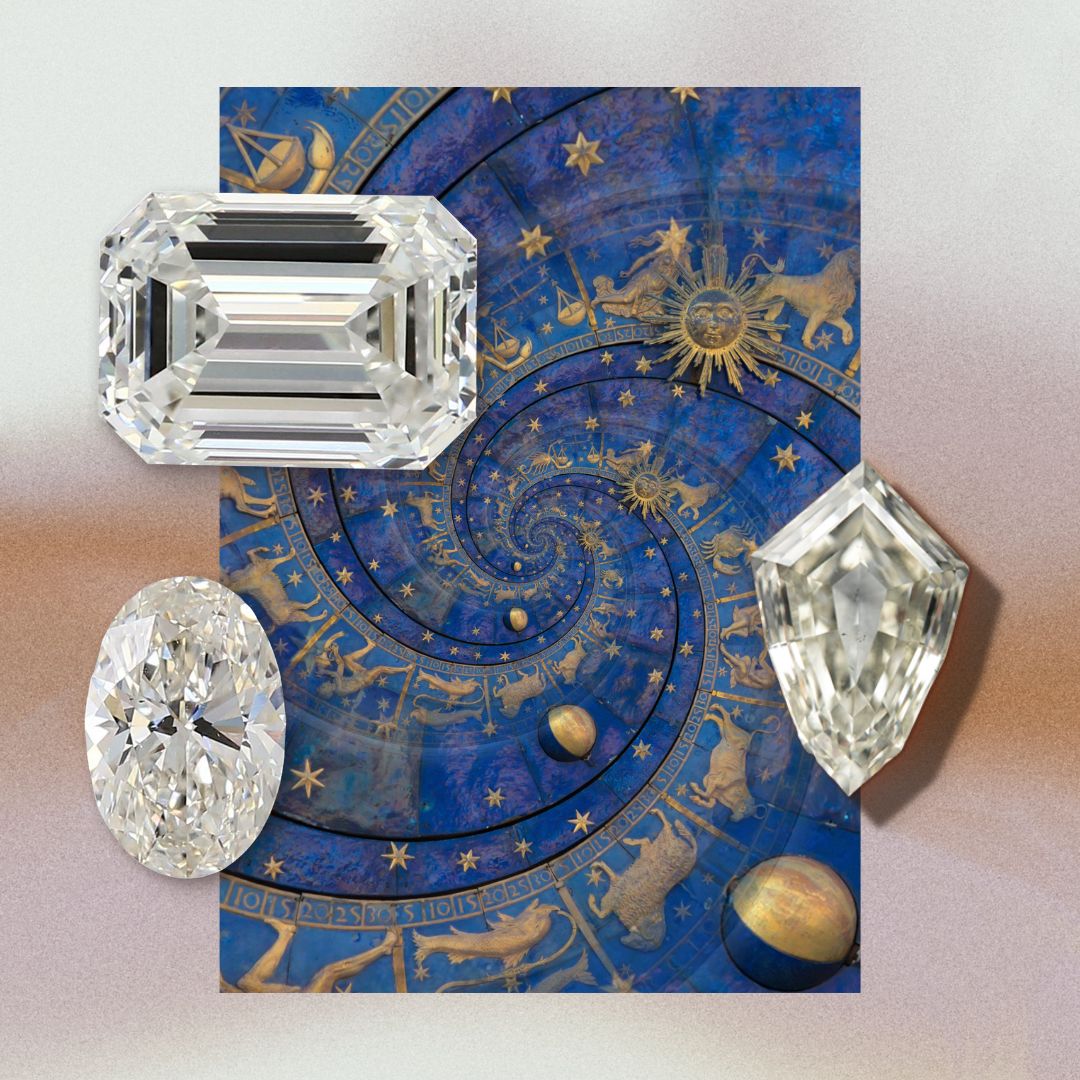





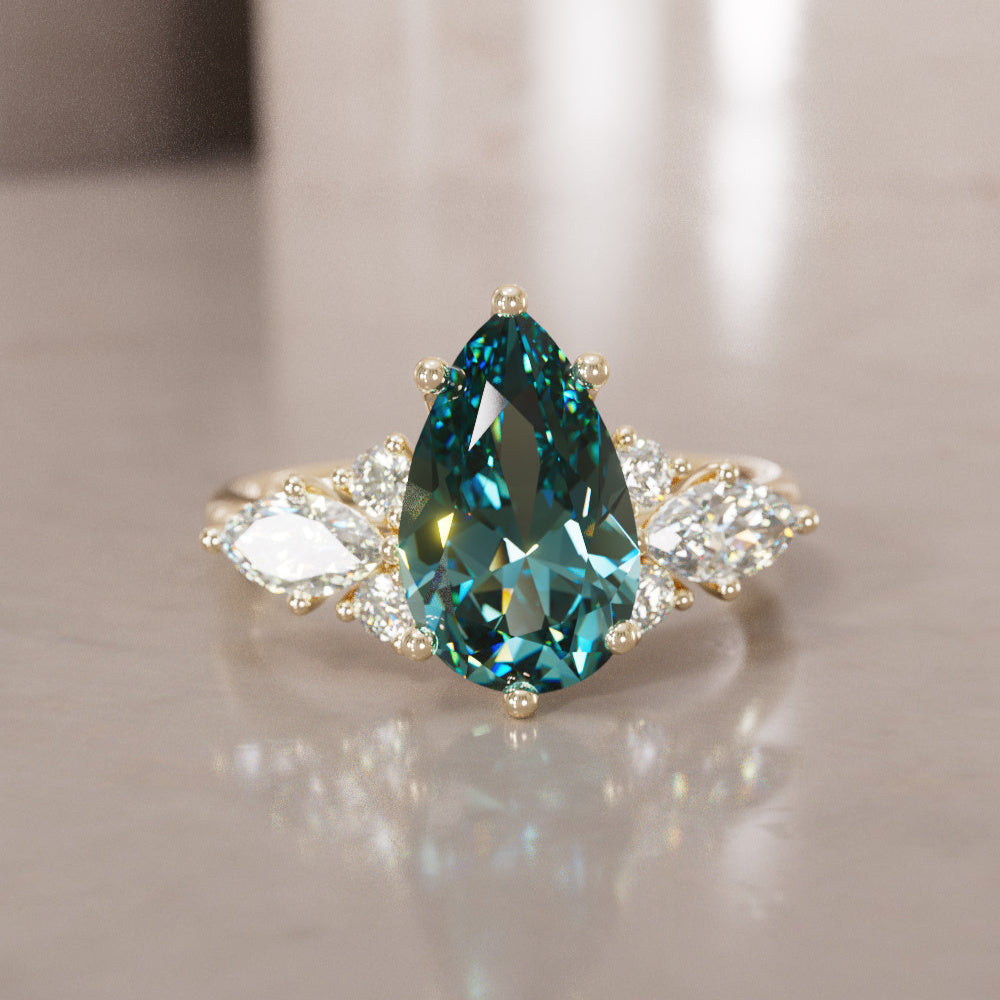
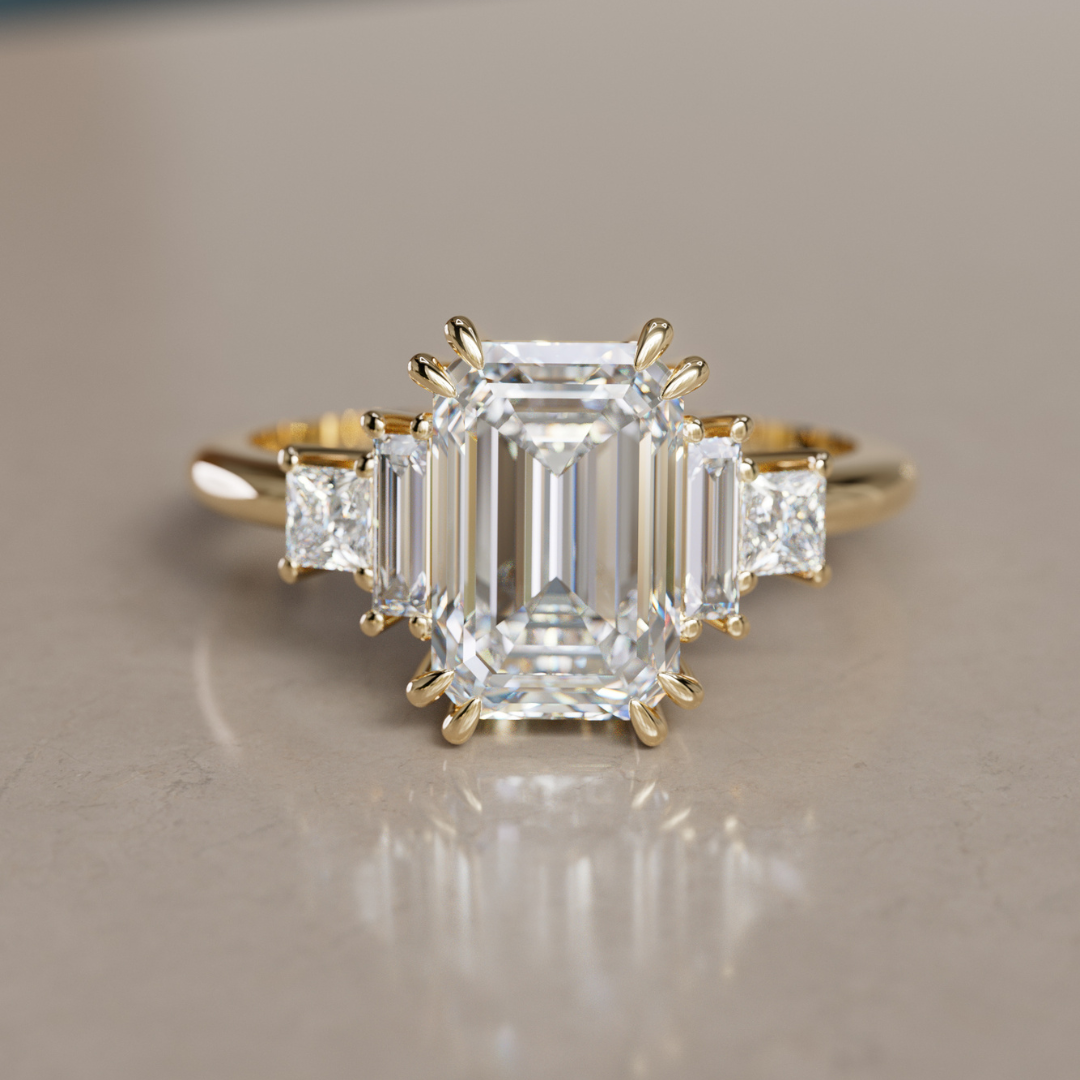
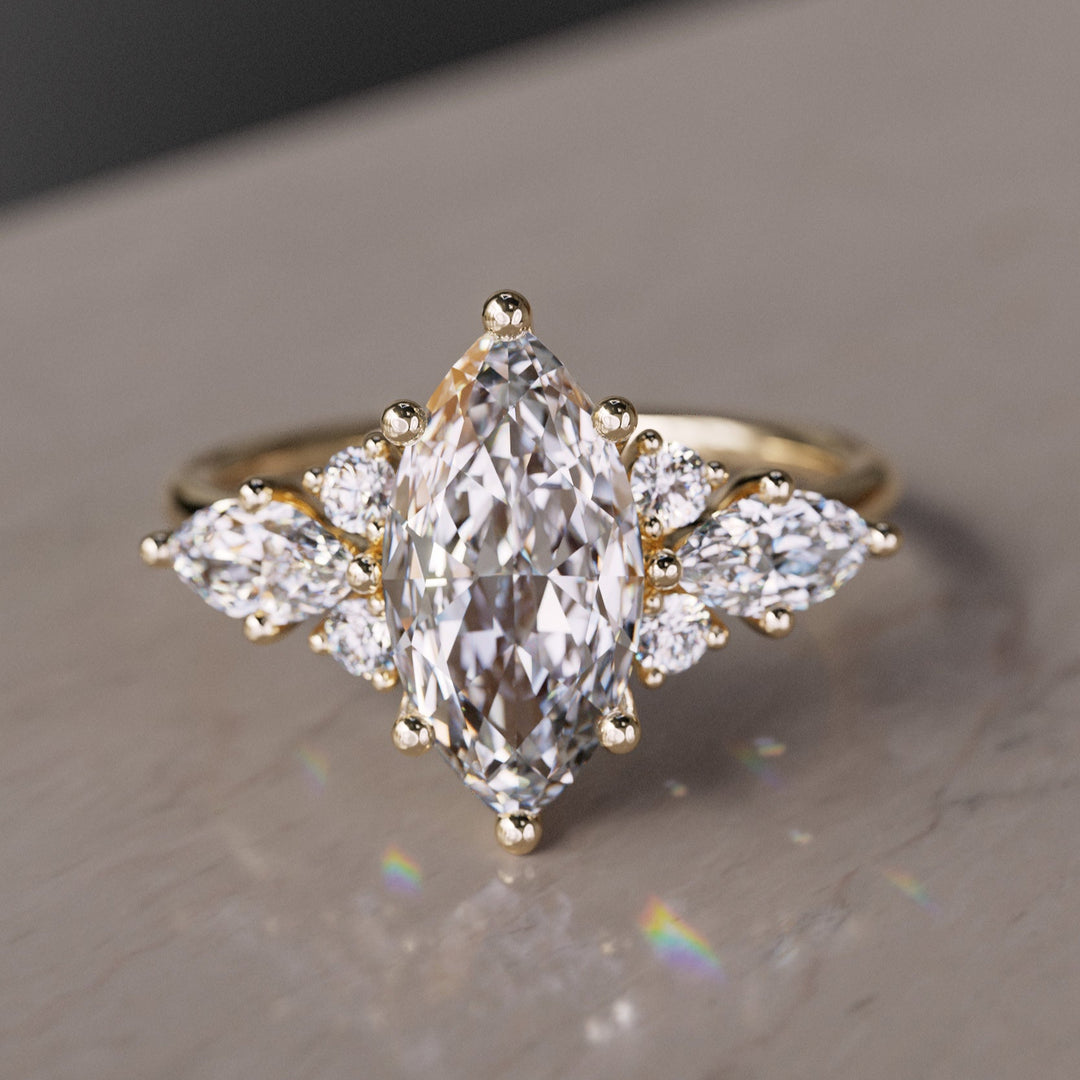
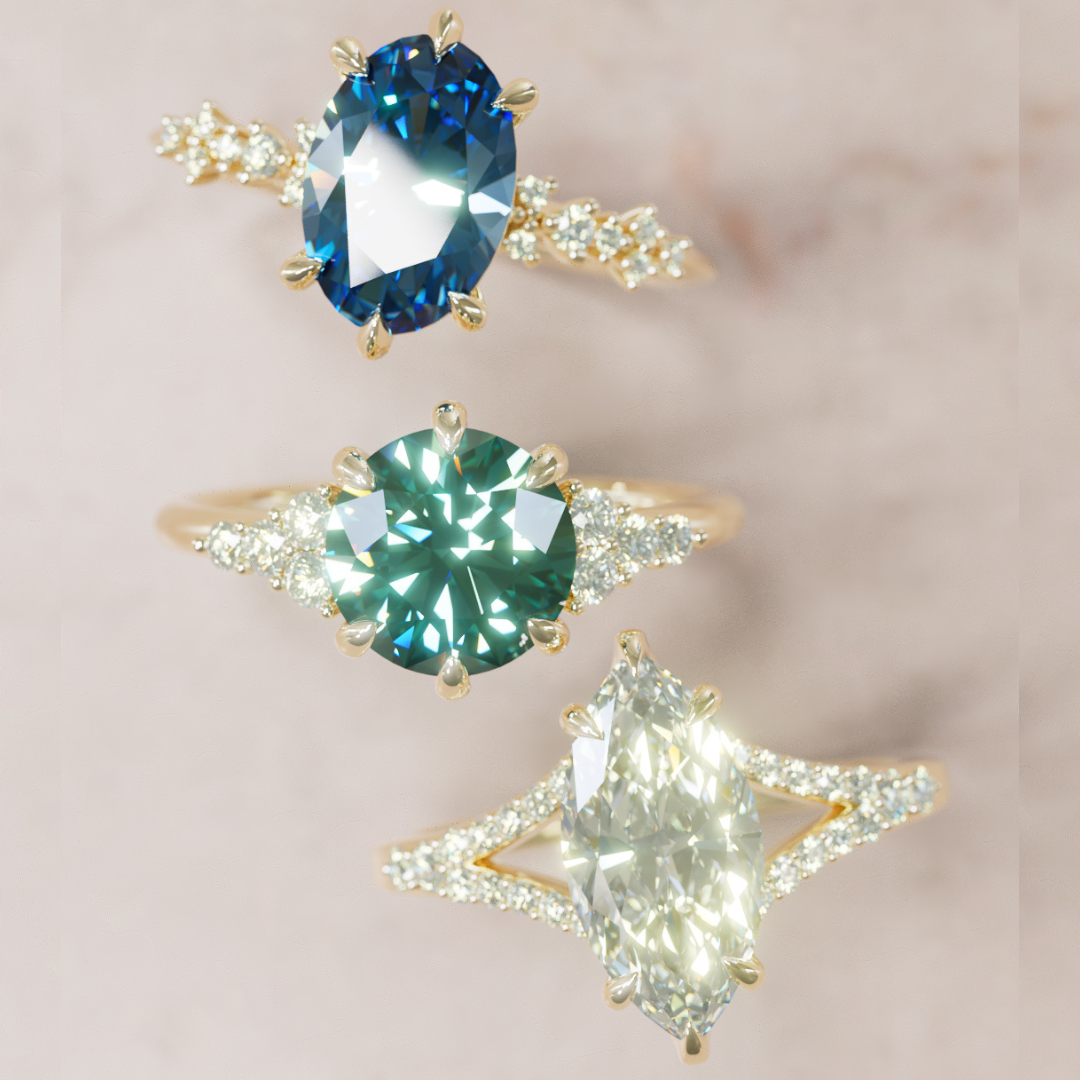
From conflict-free gems to sustainable craftsmanship, this blog is your compass for making a commitment that aligns with your values.
Really useful stuff. Keep on posting related topics. Waiting for your next update.
It’s interesting how you advised sticking to more durable gems like garnet, sapphire, or rubies rather than popular but brittle stones like labradorite and opal. I want to buy a diamond engagement ring for my girlfriend since I intend to pop the question to her next month. To assist me decide what kind of diamond ring to purchase, I would need to speak with a specialist. I appreciate the article. https://www.adelaide-exchange.com.au/BuyJewellery/DiamondEngagementRings.aspx
I really liked your idea about using a vintage diamond in your engagement rings. I’m hoping that I can find the perfect engagement ring for my girlfriend. She loves rings that are simple and understated, so that’s what I’ll look for. https://marksjewelryco.com/services.aspx?SPg=Jewelry-Sales
Nice blog post. Thanks for sharing.
Leave a comment